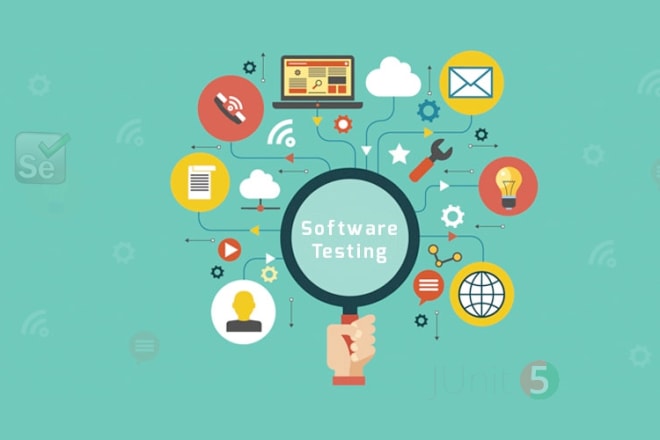Usability tester services
Usability testing is a field of user research that studies how people interact with products and services. The goal of usability testing is to find out how easy or difficult it is for users to use a product or service, and to identify any problems that users may have with it. Usability testing is usually conducted by observing users as they use a product or service, and by asking them questions about their experience. However, usability testing can also be conducted using other methods, such as surveys, interviews, and focus groups. There are many different types of usability testing, but all of them share the same goal: to improve the user experience of a product or service. Some common types of usability testing are listed below. 1. User testing: This is the most common type of usability testing. User testing involves observing real users as they use a product or service, and then asking them questions about their experience. User testing can be conducted in person, or remotely using tools such as screen-sharing software. 2. A/B testing: A/B testing is a type of usability testing that compares two different versions of a product or service, to see which one is better. A/B testing is typically conducted by showing users one version of a product or service, and then asking them to use it. The users are then asked to rate the product or service on a number of different metrics, such as ease of use, satisfaction, and likelihood to recommend. The version of the product or service with the highest ratings is then considered the better one. 3. Expert reviews: Expert reviews are a type of usability testing that uses experts in the field to evaluate a product or service. Expert reviewers are typically asked to use the product or service, and then to rate it on a number of different metrics, such as ease of use, satisfaction, and likelihood to recommend. 4. Heuristic evaluation: Heuristic evaluation is a type of usability testing that uses a set of guidelines, or heuristics, to evaluate a product or service. Heuristic evaluation is typically conducted by having a team of experts use the product or service, and then rate it on a number of different metrics, such as ease of use, satisfaction, and likelihood to recommend. 5. Usability inspection: Usability inspection is a type of usability testing that does not involve users. Instead, usability inspection involves having a team
A usability tester is a professional who evaluates the usability of a product, usually software, by testing it with a group of representative users. The tester's job is to identify any areas where the product is difficult to use, unclear, or confusing, and to make recommendations for improvement. Usability testing is an important part of the software development process, as it can help to ensure that the final product is as user-friendly as possible. A good usability test can save a company time and money by identifying problems early on, before the product is released to the public. There are a number of companies that offer usability testing services, usually on an hourly basis. These companies typically have a team of experienced usability testers who can be brought in to test a product as needed.
There are many benefits to using a usability tester service. They can help identify issues with your website or product that you may not be aware of, and can provide valuable feedback from real users. If you are considering using a usability testing service, be sure to do your research and choose a reputable company.
Top services about Usability tester
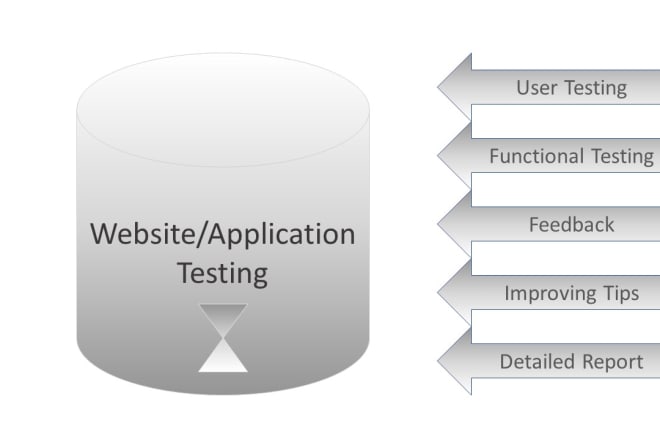
I will test your website or apps functionality, compatibility, usability and more

I will usability test your website with detailed report

I will test your ios app functionality, usability and more

I will test your website or app for usability

I will test your website for bugs and usability
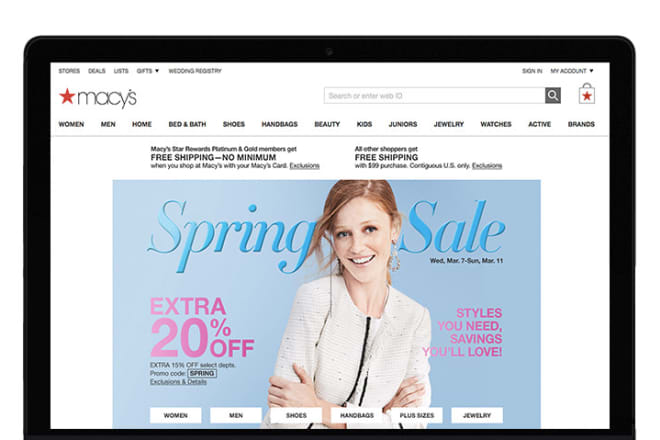
I will test website or mobile application for usability

I will business this Gig Test

I will test your website functionality and usability
- Do you really know how your website is performing?
- Is there any defect?
- How is the user experience?
- Works in different browsers or not?
- How is the speed?
Have your website tested by a tester with 15 years of experience and uncover issues that are potentially costing your business thousands of dollars!
I am a professional software tester. Website testing includes:
- Functional testing - Identify defects in functional flow.
- Usability testing - Detect UX issues that makes your traffic bounce
- Cross browser testing - Verify your site is working fine in all the browsers.
- Performance testing - Detect speed.
I'm here to help you. I will find the issues and provide observations & suggestions to improve. In $5, you will get report with Functional Testing scenarios, Usability Testing scenarios, Defects list.
Why Order a gig from me and what are the benefits?
- Fast Delivery 24 hours
- In-depth testing
- Unlimited Revisions!
- 100% SATISFACTION GUARANTEED
Order today for professional website testing that pinpoints errors that could be costing you $$$$, or contact me today for a free consultation.
See extra gigs for more.
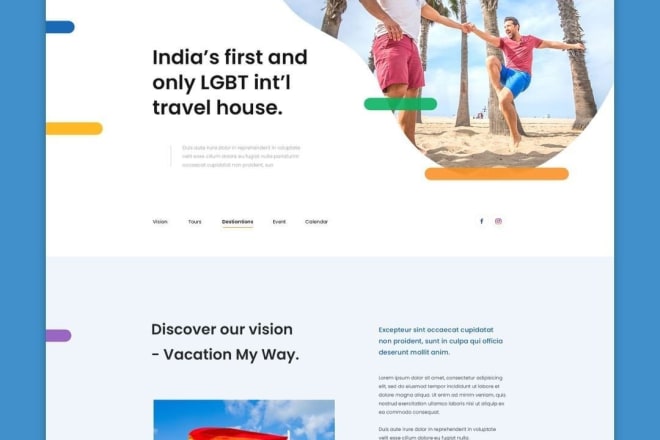
I will design super fantastic UI UX for your web and app
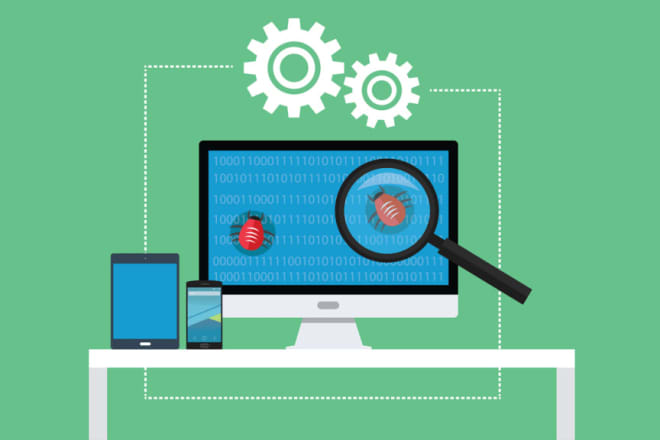
I will test your website usability
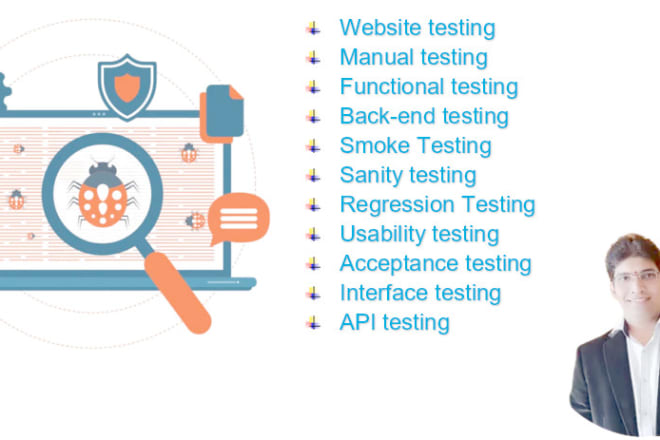
I will provide quality software testing and web testing services
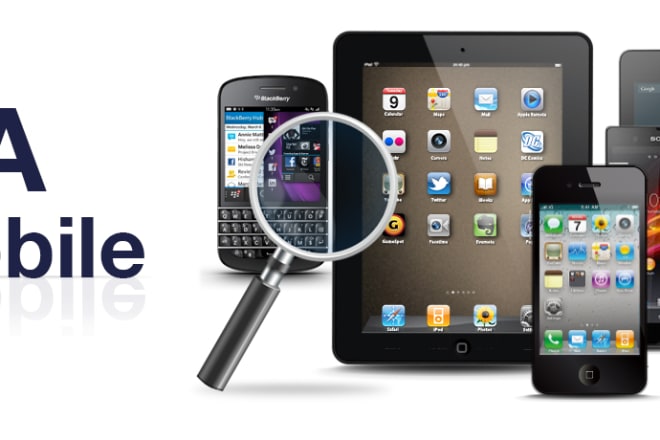
I will do QA for your android or ios mobile app

I will do QA for your android or ios mobile app
I'll try to find maximum bugs from your app and then provide you a testing report at the end!
I'll test your app for usability and provide suggestions for improvement.
The test report discusses:
1. First impression and user perspective
2. Functionality
3. User Interface
4. Usability
5. App features
I'll test Android and iOS app on the following devices.
Android device: Huawei Honor 3C
iOS device: iPhone 5s
**Please contact me first before you order for avoid confusions.
Thanks

I will code an indicator, strategy, script for forex tester

I will professionally test your game on multiple devices
